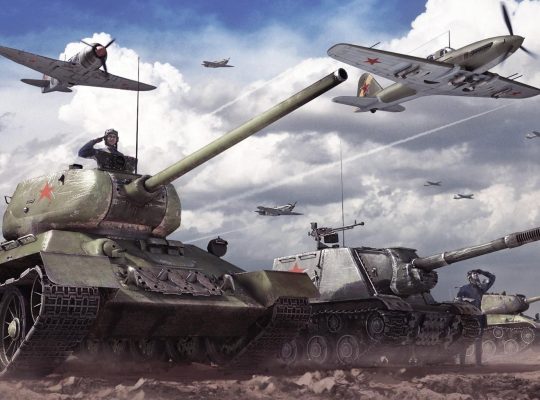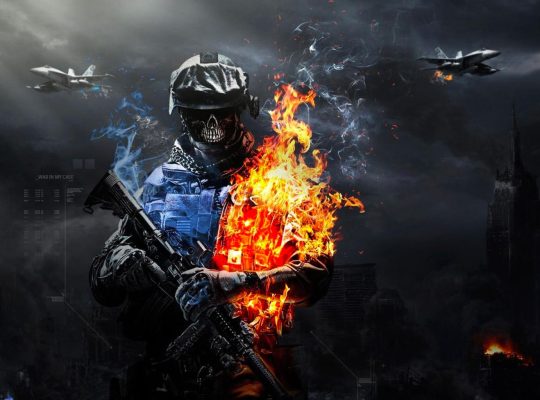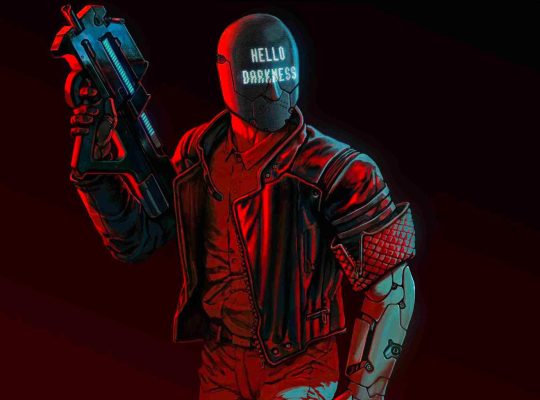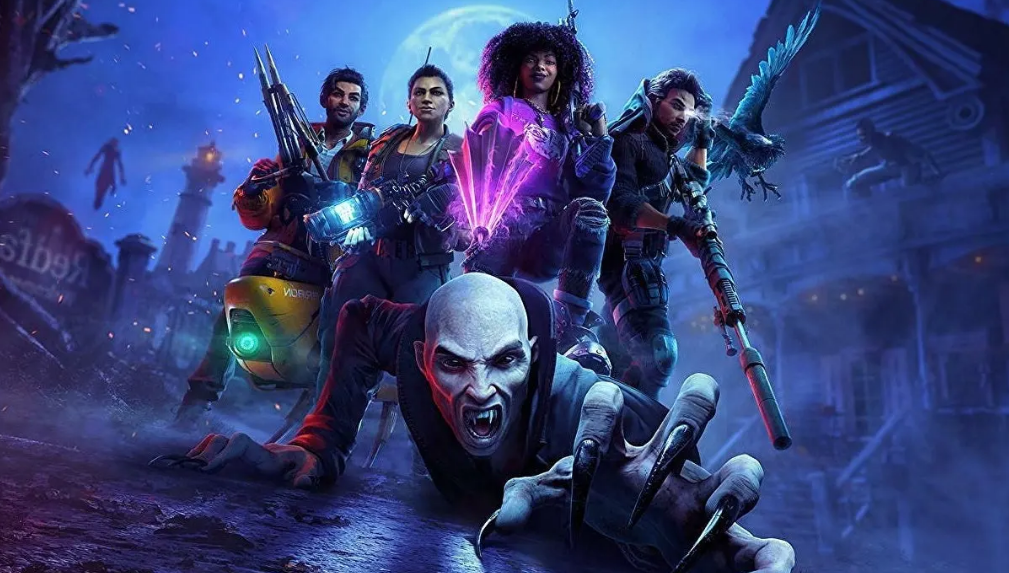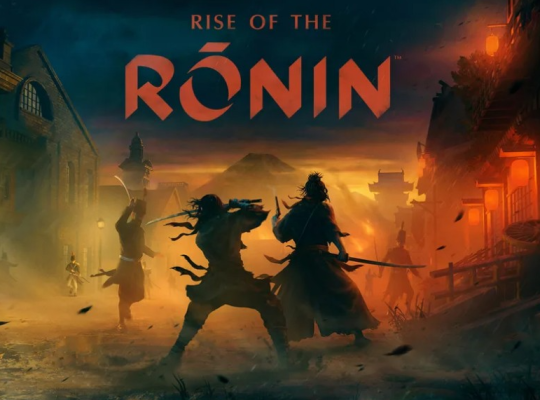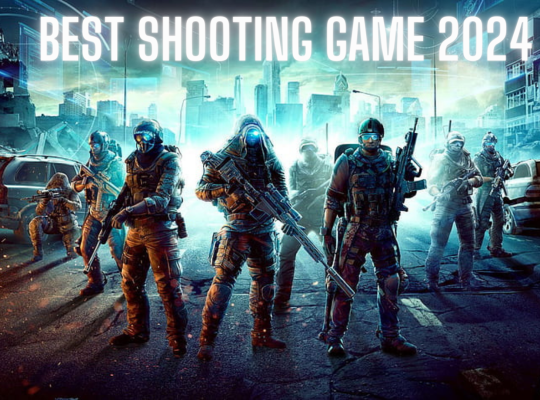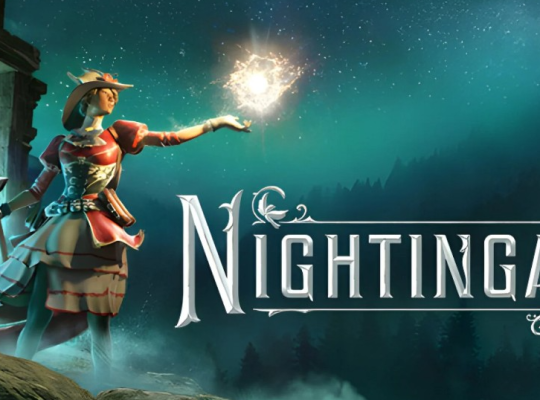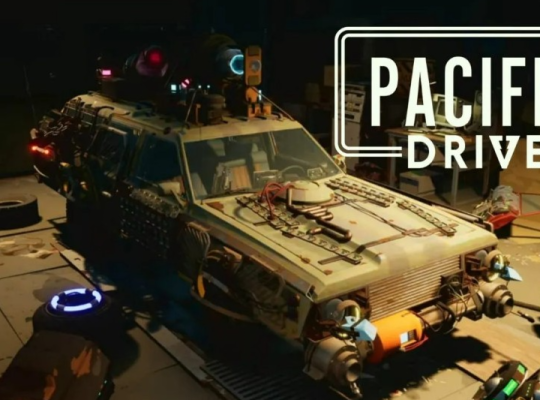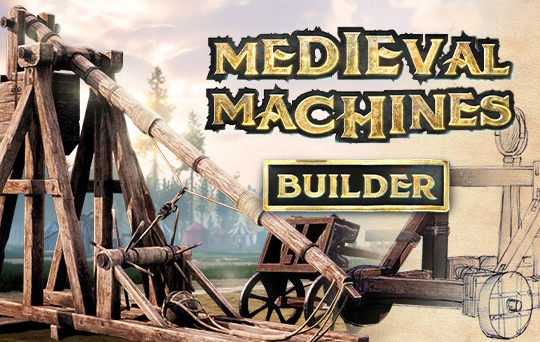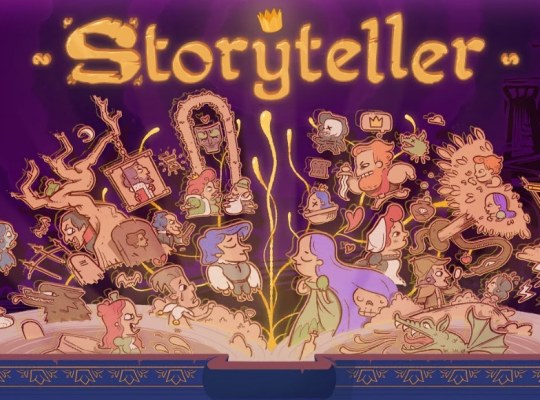Redfall’s tutorial area features two nearly identical civilian body props in adjacent rooms. The only discernible difference between the two flannel-clad corpses lies in the wounds they suffered – one from a self-inflicted gunshot to the back of the head and the other from a fatal vampire bite. While there’s a possibility that these two doppelgangers are related, foreshadowing the main types of enemies in the game, it seems more likely that this visual oddity mirrors issues like random crashes, lack of proper cutscenes, and respawning enemies throughout the game.
Redfall, in a landscape filled with notable video game disasters like Anthem, Godfall, the Saints Row Reboot, launch-era Fallout 76, and Cyberpunk 2077, stands out as a game that falters in every aspect. Unlike launch issues that can be fixed later, Redfall is deemed a fundamentally flawed game, surprising given its developer, Arkane, known for titles like Dishonored, Prey, and Deathloop.
While I’ve previously discussed the implications for Xbox and Microsoft’s first-party ambitions, today, the focus is on the game itself and its shortcomings – which are extensive. In theory, I should be the target audience, having played at least five out of six Far Cry games, being an avid loot shooter player, and seeing Redfall as an attempt to capture the essence of games like Borderlands with its gear drops, character kits, and co-op gameplay. However, Redfall falls short on every level for me.
I won’t assign a numerical score to this review, as it’s based on the first four hours of gameplay – a point at which I made an unusual decision. I quit. Despite having invested 200 hours into titles like Anthem and Marvel’s Avengers, I found myself unable to continue with Redfall. I’ve opted to explore Jedi Survivor instead. While a numerical score may not be appropriate, I do want to share my experiences with the game.
Redfall’s Enigmatic Tale: Battling Supernatural Menace in Redfall, Massachusetts
The core narrative of Redfall is refreshingly straightforward, sparing players the need for extensive external research. The saga unfolds in the fictional island town of Redfall, Massachusetts, gripped by a supernatural pandemic. Isolated from the rest of America and shrouded in perpetual darkness due to an obscured sun, Redfall becomes a battleground where vampires and their devoted cultists reign supreme. A meticulously planned escape from the island goes awry, courtesy of formidable vampire deities, prompting four resilient characters to step forward. Their mission: to confront and conquer the hostile forces, reclaiming the beleaguered town.
Redfall offers players the choice of embodying one of four distinct characters, each contributing a unique perspective and set of abilities. The ensemble includes the self-proclaimed “Cryptid Hunter” Devinder Crousley, university student Layla Ellison, Redfall Coast Guard Remi De La Rosa, and Bellwether soldier Jacob Boyer. Delving deeper into character selection reveals individual backstories detailing the origins of their extraordinary powers. Despite the richness of these narratives, it’s noteworthy that these personal histories remain unexplored in the game’s cutscenes.

For instance, Layla’s abilities stem from her voluntary involvement with Aevum Therapeutics, the pharmaceutical entity at the heart of Redfall’s vampire predicament. On the other hand, Jacob’s powers were bestowed by Miss Whisper, a formidable vampire god, involuntarily.
In a commitment to immersive storytelling, every character in Redfall, including non-player characters, receives the gift of voice acting, albeit with some limitations in variety. This decision aligns with Arkane’s established tradition from previous titles, contributing to the distinctiveness of each character and fostering a deeper connection with the narrative.
Redfall maintains the iconic Arkane art design, a visual feast familiar to enthusiasts of the studio’s repertoire. Despite opinions of a slightly dated appearance, the watercolor cell-shaded aesthetic, a hallmark of Arkane’s visual language, makes a triumphant return. While some may clamor for a more visually realistic approach, the art design succeeds in evoking a cozy island town ambiance throughout the gameplay. The commendable execution by the development team deserves recognition, encapsulating the nostalgic charm synonymous with Arkane’s artistic identity.
Redfall: Navigating the Gameplay Landscape
While Redfall garners praise for its captivating art design and intriguing characters, the gameplay aspect proves to be its Achilles’ heel, stumbling rather significantly. Departing from the immersive sim design synonymous with past Arkane titles like Deathloop, Redfall adopts a more streamlined approach, granting each character three distinct abilities instead of an extensive array of creative gameplay possibilities.
Arkane’s innovation lies in integrating player-driven gameplay within the co-op experience. Abilities synergize seamlessly, allowing for strategic combinations. For instance, Devinder’s Blacklight ultimate can be enhanced by Remi’s Bribone bot and C4 charge, efficiently dispatching petrified vampires. Jacob’s cloaking ability provides a tactical advantage for navigating challenging situations. These intricacies contribute to Redfall’s appeal, particularly in co-op mode. However, the first major issue surfaces – a problematic shift in solo play.
The core of Redfall’s downfall lies in its gameplay decisions and the ensuing solo experience. What might be an engaging and enjoyable co-op adventure transforms into a lackluster, open-world first-person shooter when traversing the game solo. Solo play strips away the ability to experiment and stifles emergent gameplay, reducing the experience to an uninspiring shooter with mediocre gunplay. Seven arduous solo hours left a lasting impression of disdain, encapsulating everything undesirable in a video game.
The multiplayer dynamics alter the experience, yet the level design remains a constant. Redfall unfolds in an expansive open world, spanning two moderately sized maps – Redfall Commons and Burial Point. Although not as sprawling as maps in previous titles like Prey, these are the largest maps crafted by Arkane to date. However, a critical flaw surfaces as my second grievance with the game – a soulless open world.
While the atmospheric ambiance is well-crafted, the maps lack incentives for exploration beyond material and weapon scavenging. They serve merely as conduits for advancing the story, character progression, and sporadic lore discoveries. The lore trinkets, while offering interesting backstory snippets, fail to inject life into the single-player experience.
Contrasted with the meticulously detailed maps of Dishonored and Prey, Redfall’s level design choices prove disappointing. It appears as though Arkane prioritized crafting a compelling co-op adventure at the expense of meaningful and enjoyable single-player gameplay. The result is an unfulfilling solo journey through a world that, despite its aesthetic charm, fails to captivate in the absence of cooperative synergy.
Defying the Vampire Onslaught: Redfall’s Gameplay Dynamics
Amidst the supernatural chaos enveloping Redfall, players are not left without activities, yet the offerings prove somewhat restrained and, dare I say, lackluster. These activities fall into several categories, each contributing to the overall experience:
1. Main Storyline: Navigating the Aftermath
The primary narrative thrust of Redfall revolves around the protagonist’s journey through the beleaguered town. While these main story quests are pivotal, their number is finite, offering glimpses into the aftermath of the vampire takeover.
2. Vampire Nests: Unearthing Dungeons for Rewards
Scattered randomly across the maps, Vampire Nests serve as the game’s dungeons. Completing these encounters yields rewards in the form of superior weaponry or valuable materials, injecting a sense of exploration and challenge into the gameplay.
3. Side Stories: Scattered Fragments of Lore
Sparse but sprinkled throughout the game world, side stories offer additional narrative layers. Finishing these quests rewards players with experience points, contributing to character progression.
4. Safehouse Missions: Strategic Operations to Weaken Vampiric Hold
Unlocking safehouses becomes a strategic endeavor, as these locations provide dedicated missions essential for reducing the vampire presence in Redfall. Completion of these missions not only impacts the game world but also grants the flexibility to reallocate character abilities. Each safehouse unfolds with two distinct missions, contributing to the overarching resistance effort.

Engaging in these varied activities becomes paramount for players, as each successful endeavor earns skill points. These points, in turn, are utilized to enhance character abilities through a skill tree. While these skills don’t fundamentally alter the core gameplay, they serve to augment existing abilities. Additionally, players may acquire Vampire blood through specific challenges, offering passive abilities such as resistance to elements or increased health.
A noteworthy aspect is the absence of time constraints on these activities. However, a peculiar frustration arises when transitioning to a different map, rendering unfinished missions on the Redfall Commons inaccessible. This forced completion of pending nests and side quests leaves a distinctly unfavorable impression, a detraction from an otherwise immersive experience.
The Rook Storm: Dynamic Consequences of Defiance
Resistance against the vampire onslaught carries consequences, manifested through the Rook Storm meter. This meter steadily fills with each act of defiance, culminating in a Red thunderstorm. The storm heralds the emergence of a formidable Vampire enemy named Rook. Successfully defeating Rook resets the meter to zero, rewarding players with new weaponry. This dynamic feature introduces tension and urgency, accentuating the ever-present threat in Redfall.
However, the streets of Redfall are not only rife with opportunities but also teeming with vampires, unrelenting in their pursuit. While lacking in extravagant variety, the adversaries encompass standard vampires, blood-sucking variants, shield-wielding vampires, and elusive shades. Armed confrontation is essential, and fortunately, Redfall’s American setting ensures an abundance of weaponry to choose from.
Redfall’s gameplay dynamics offer a mixed bag of engaging activities, strategic decision-making, and dynamic consequences. While certain limitations and frustrations exist, the intricate balance between cooperative and solo play adds layers to the overall experience, making Redfall a nuanced and evolving venture into the heart of supernatural adversity.
Selecting Your Arsenal in Redfall: A Looting Lament
In Redfall, the gun system adopts the dreaded approach of looting, a feature that elicits my disdain. Across the maps, guns are abundant and conveniently color-coded, each boasting unique stats and passives. The guns, ranging from revolvers and assault rifles to snipers and shotguns, are integral for combating vampires. However, the combat isn’t as straightforward as simply shooting; it involves a pointy twist.
Bigger weapons, such as assault rifles and shotguns, come equipped with stakes. The gameplay revolves around using guns to weaken vampires and, when they’re vulnerable, delivering a stake to finish the job. While this core mechanic initially engages, it quickly succumbs to monotony. Flare guns and UV rays can petrify bloodlust enemies, and stake launchers offer additional options. Unwanted guns can be scrapped for currency, facilitating the purchase of superior weapons from vendors.
To obtain better guns with improved stats, players must venture into vampire nests, where the looting system takes center stage. Upon clearing nests, players have a brief window to scavenge the room for superior weaponry. Since nests harbor guns with enhanced stats, engaging with them becomes crucial for acquiring superior loot. An alternative avenue involves scavenging through houses for potential discoveries.
In terms of performance, the guns evoke a sense of déjà vu, reminiscent of the weapon usage in Deathloop, albeit with nuanced differences. There’s a discernible feeling that Arkane recycled some gunplay elements from their previous releases and adapted them for Redfall. While not groundbreaking, the guns serve their purpose in the context of vampire hunting. Arkane’s attempt to tap into our nostalgic fear of zombies, however, falls short, offering an experience that, unfortunately, feels like a mere fraction of the game’s hefty price tag.

Redfall’s PC Performance and AI Foibles: A Comprehensive Analysis
The much-anticipated release of Redfall on PC brought forth a wave of inquiries about its performance, particularly after the revelation that the game would be locked at 30FPS on Xbox Series X/S. To the relief of many, Redfall manages to deliver a generally stable performance on PCs, although not without its share of concerns. We conducted our testing on a system equipped with an AMD Ryzen 5 5600 CPU, NVIDIA RTX 4070Ti GPU, 16 GB RAM running at 3600MHz, all housed on an SSD, and played the game at 1080p with Epic settings.
Firstly, addressing the elephant in the room – does the Redfall PC port run well? On the specified requirements, Redfall demonstrated smooth performance, albeit with a few caveats. Running the game without Nvidia DLSS, we consistently achieved frame rates ranging from 75 to 80 FPS. However, a notable drop in frames occurred in the Suburbs area of Redfall Commons, characterized by red smoke and crowded housing. In this particular segment, frame rates dipped below 60, marking a substantial performance hiccup.
The game does incorporate Nvidia’s DLSS technology, and our exploration revealed a slight performance boost without sacrificing visual fidelity, especially when utilizing DLSS 3. Nevertheless, DLSS did not entirely mitigate the frame drops witnessed in the Suburbs.
It’s worth noting that during this testing phase, CPU utilization remained at a modest 30-40%, never surpassing 50%, while GPU utilization hovered below 65%, averaging around 50%. Interpretation of these figures may vary based on individual perspectives.
Moving on to visuals, discussions circulating online often characterize Redfall as resembling a 2013 game. Contrary to this notion, the game adheres to Arkane’s distinctive art style, featuring watercolor painting and cell shading. While lacking the cutting-edge fidelity of contemporary titles, it doesn’t fall into the realm of ugliness. However, the game grapples with texture pop-ins and an inadequate draw distance, especially noticeable with elements like trees seemingly materializing out of thin air. Even when installed on an SSD, the game struggles with timely texture loading, an issue that remains unaddressed as of the review’s writing.
A significant flaw that diminishes Redfall’s overall appeal lies in its enemy AI programming. Previous critiques of Deathloop’s AI seem trivial in comparison to the evident shortcomings of Redfall’s AI, which, unfortunately, claims the crown for lackluster intelligence. Instances abound where enemies exhibit puzzling behaviors, such as ignoring the player after witnessing their comrade’s demise, executing point-blank shots with uncanny accuracy, displaying zero movement animations, and exhibiting a general lack of responsiveness. The adversaries feel spongy and lack the strategic acumen that could elevate the gaming experience. In essence, dealing with the enemy AI becomes more of a chore than an engaging challenge.
In conclusion, Redfall on PC offers a mixed bag of performance triumphs and pitfalls. While the game runs smoothly under certain conditions, particularly on adequately equipped systems, issues like texture pop-ins, draw distance limitations, and, most notably, subpar enemy AI significantly tarnish the overall experience. As we navigate the supernatural realm of Redfall, these performance nuances and AI deficiencies loom large, demanding attention from developers and players alike.
Redfall: A Disheartening Misstep from Arkane Studios
In the realm of gaming disappointments, Redfall stands out as a lackluster experience marred by numerous problems. As a fervent fan of Arkane Studio’s masterpieces like Dishonored and Prey, it pains me to witness the studio produce a title that falls short in almost every aspect. The game’s mediocrity becomes all the more evident when considered against the backdrop of Arkane’s legacy.
Redfall attempts to weave a vampire-driven narrative with the trademark intelligence of Arkane Studios, but the execution leaves much to be desired. Even for players embarking on a co-op journey, the game struggles to make a compelling case. As someone deeply invested in Arkane’s earlier works, it’s disheartening to witness Redfall potentially taking the place of Dishonored: Death of the Outsider as a disappointing entry from the esteemed developer. The latter, at least, offered moments of enjoyment.
While Redfall taps into the tried-and-tested vampire genre, combining it with Arkane’s ingenuity, the result fails to live up to expectations. The game attempts to ride on the coattails of Arkane Studio’s illustrious past, promising the same magic found in Dishonored. However, the studio falls short of hitting that mark, marking Redfall as another entry in a series where the studio seems to lose its once-charismatic touch. The hope that Arkane would age like fine wine is met with disappointment, as Redfall’s reception suggests the grapes have turned sour.
While the emergent co-op gameplay earns some commendation, it becomes a mere saving grace in a package otherwise filled with lackluster, uninspiring, or downright tedious elements. With a price tag of $70, almost everything in Redfall fails to justify the investment. Arkane’s inaugural title under Xbox as a first-party studio crashes and burns, prompting a necessary reassessment of strategies. For those with an Xbox Game Pass, giving Redfall a try might be a consideration, but there’s little missed for those who opt to skip this disappointing venture.

Redfall’s Road to Redemption
In subsequent play sessions, Redfall exhibited a notable improvement in stability, with no crashes or game-breaking bugs hindering our experience. Opting for the PC platform provided decent frame rates, allowing us to seamlessly delve into the world of Redfall. The map, rich with intriguing buildings and lore-expanding collectibles, captures the quintessential Arkane feeling, drawing players into an immersive exploration.
Redfall’s redeeming quality surfaces prominently in its captivating art style, echoing the distinctive Arkane aesthetic witnessed in titles like Dishonored and Deathloop. The environment and characters showcase a delightful visual experience, with pronounced features and a myriad of unlockable outfits to personalize one’s appearance. Engaging in a satisfying gameplay loop of looting for cash, discovering new weapons, and earning XP to enhance skills, we found ourselves immersed in the world of Redfall.
Despite its initial hiccups, the game’s visual and level design consistently pleased, offering a redeeming factor that softened the impact of its earlier shortcomings. Redfall’s journey toward redemption proves that persistence and iterative improvements can elevate the gaming experience, hinting at the potential for a more enjoyable venture into the supernatural realm.
Verdict: Redfall’s Unfortunate Demise
Redfall, upon its debut, arrives as a game that seems destined for irrelevance. The monotonous gameplay structure, lackluster AI system, and subpar technical performance raise bewildering questions about its origin, considering it hails from the same developers who crafted the exceptional experiences of Dishonored and Deathloop.
While some semblance of enjoyment can be salvaged when playing alongside a friend, the merits of this amusement are notably scarce. It’s a confounding paradox that a studio capable of delivering stellar titles would falter so significantly with Redfall. The hope for revival through updates and patches remains uncertain, leaving players questioning the current state of the game.
Redfall’s multiplayer framework, rather than enhancing the Arkane experience, actively diminishes it. The erratic movements of enemies, evident in jerky slides and stutters, coupled with the inexplicable placement of items, disrupt the immersive quality expected from the developer. Skills designed for character enhancement often prove impractical in the multiplayer context, highlighting a dissonance in the game’s design. For a studio that introduced Dishonored’s ingenious Blink ability, Redfall’s offering of distracting skills feels like a stark departure from the innovation that defined Arkane’s previous works.
In essence, Redfall’s demise is lamentable, as it fails to live up to the pedigree set by its developer. The game, at present, appears more as a cautionary tale than a compelling addition to Arkane’s illustrious portfolio. Players are advised to exercise discretion, perhaps avoiding the current state of Redfall until potential improvements breathe life back into this otherwise lackluster venture.


